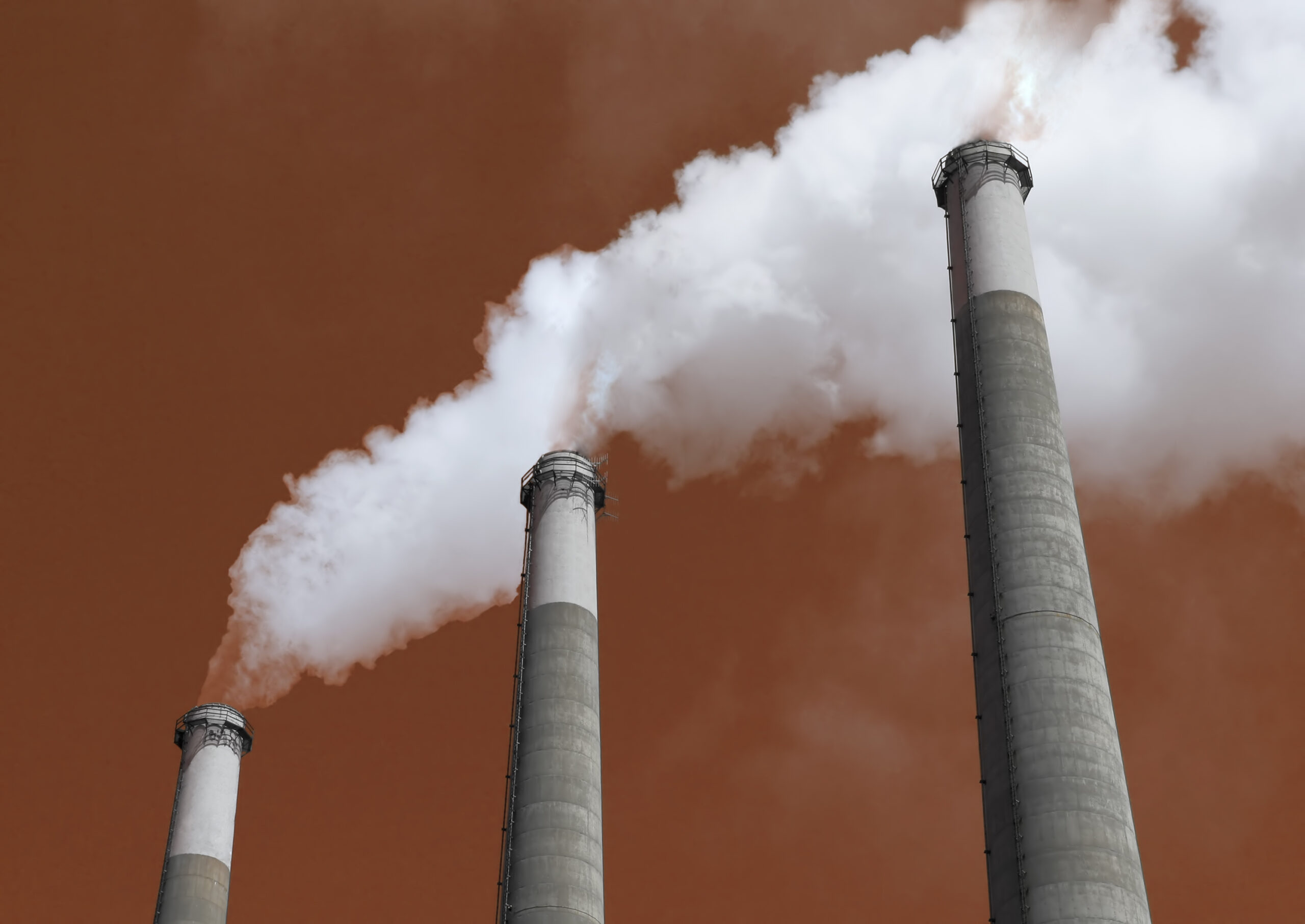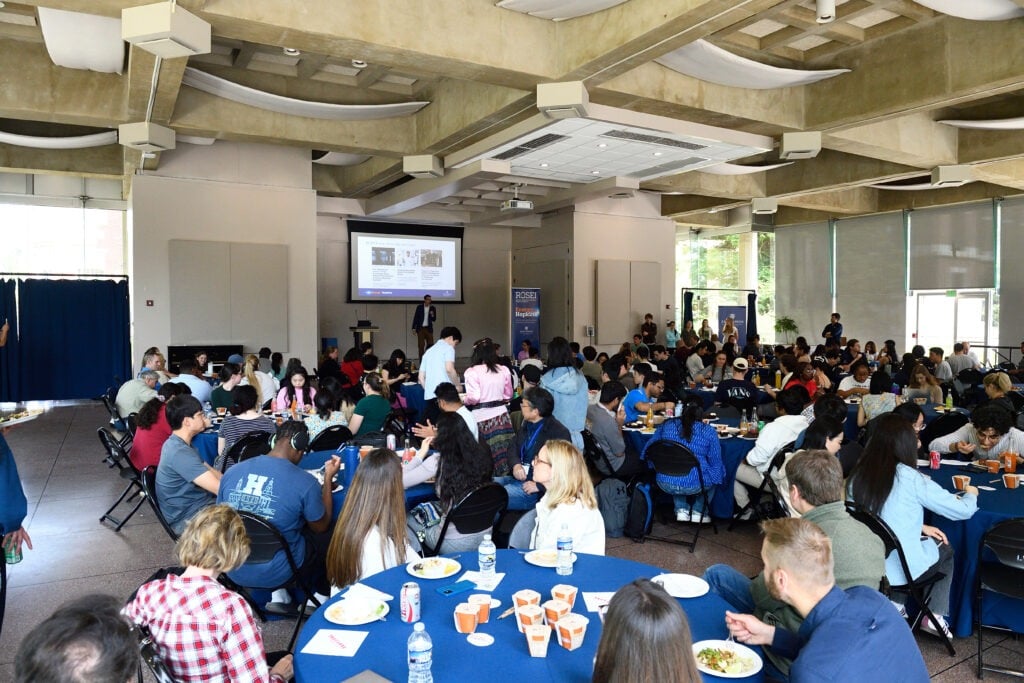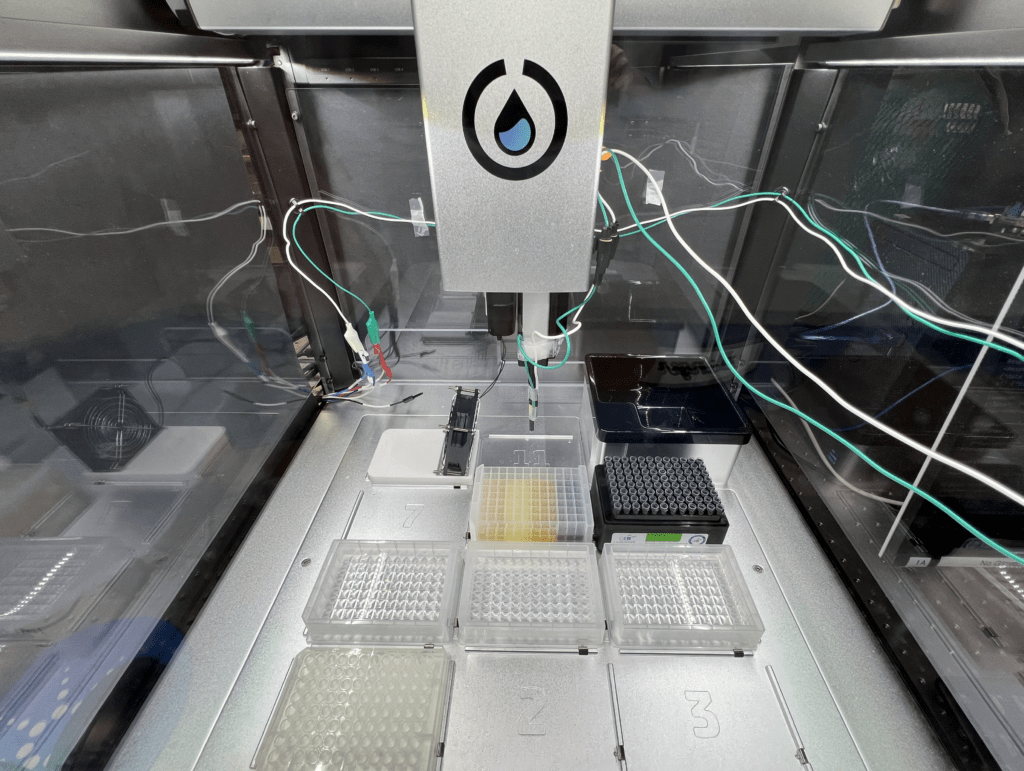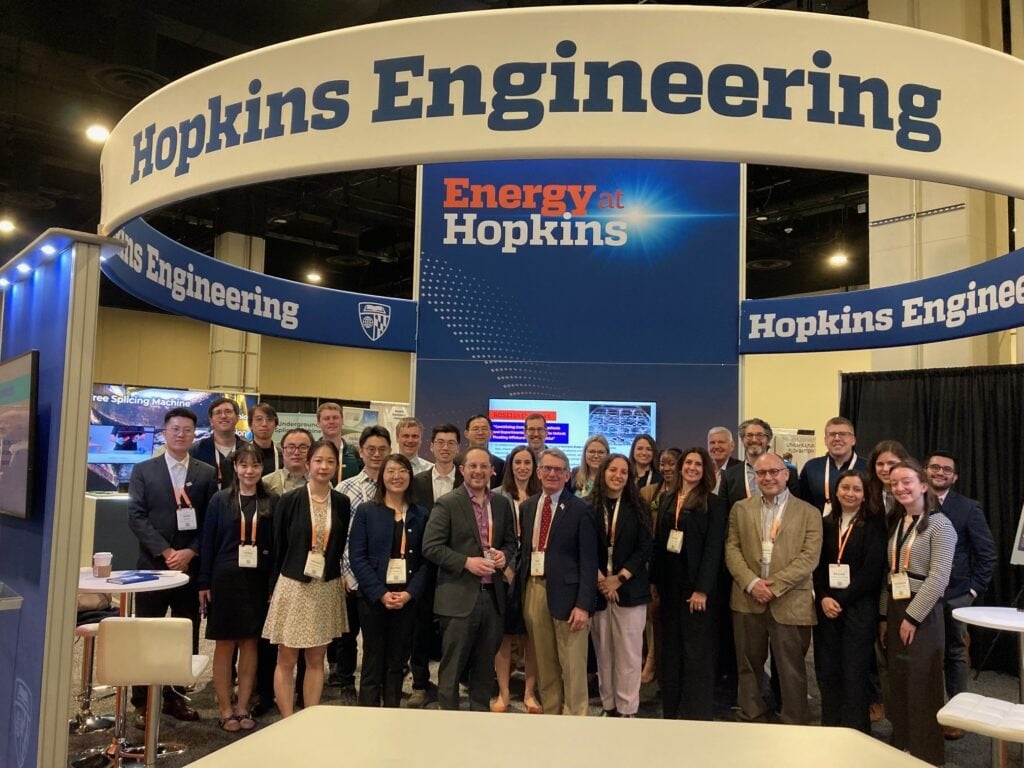The Challenge
We must replace fossil fuels and eliminate carbon dioxide (CO2) emissions to mitigate global warming, and we must actively remove CO2 from our atmosphere. There has been little incentive to do this because CO2 is, by itself and at global emissions scales, presumed to be useless. We need to create economic motivations to:
- Pull CO2 from the air and transform it into a useful product with profitable and scalable markets.
- Steward our use of high energy density fuels, such as natural gas (methane, CH4), in new ways so that their energy content is accessible, but CO2 emissions are still eliminated.
These problems are conceptually linked and motivate the crux of ROSEI’s primary work with carbon: We need to extract carbon from these simple carbon-containing molecules and transform (upcycle) the carbon into high value materials.
An Initiative Underway
Combatting carbon dioxide output is one of the main pillars ROSEI is founded upon. ROSEI’s main focus in this area is on a novel attempt at extricating the carbon in CO2 and converting it into a form of solid carbon useful in applications ranging from farming to construction. Led by ROSEI leadership council members Jonah Erlebacher and Chao Wang, these efforts are house under an initiative titled “Negative Carbon Carbon (NC2).”
“If we can do this, we would be the first in the world to demonstrate a complete carbon-to-carbon route, in which so-called ‘bad carbon’ is transformed into a globally useful ‘good carbon,'” Erlebacher says.
“If we can do this, we would be the first in the world to demonstrate a complete carbon-to-carbon route, in which so-called ‘bad carbon’ is transformed into a globally useful ‘good carbon.'”
This is not the first time scientists have tried to combat CO2 emissions by turning it into a different substance, but most previous attempts processed it into fuels such as methanol, which create their own CO2 emissions when re-used.
Erlebacher and Wang see pure carbon as a building material whose potential impact could rival that of steel in the 19th century during the industrial revolution.
“Pure carbon is strong but lightweight, fire-resistant, and can also be made into any shape, giving it the ability to be used in so many ways,” said Chao Wang, ROSEI’s other leader in this area.
Mitigating the University’s Carbon Footprint
Primary research will take place at a facility in Columbia, MD. However, Erlebacher and Wang also plan to involve the power plant behind Maryland Hall on the university’s Homewood campus in their research.
“The big vision for us is to take the exhaust from that power plant, which is significant, run it into our labs at the back of Maryland Hall, and convert it to solid carbon. Essentially, just sequestering all that carbon dioxide and turning it into solid carbon,” Erlebacher said. “We’d literally reduce the university’s carbon footprint, and it would make for a great demonstration project.”
“There are so many industries that need to be redesigned so we can lessen the carbon emissions to hit those goals, so coming up with new practices that will help with that could become an exciting career. This is an opportunity to make a big impact.”
Getting Ahead of the Carbon Curve
Wang thinks that this research could lead to carbon emerging as a major entity in the stock market, which would allow students who study finances to get involved with the initiative.
“There will be a policy side of this project, an economy side of it, and a power system side of it. Looking at how this carbon neutral or decarbonized economy is going to work will be important,” Wang said. “I think there could be something of a carbon revolution somewhat soon because many countries have said they are going to try to be carbon neutral in the near future. There are so many industries that need to be redesigned so we can lessen the carbon emissions to hit those goals, so coming up with new practices that will help with that could become an exciting career. This is an opportunity to make a big impact.”
Partners
- Materials Characterization & Processing Core Facility
- Department of Materials Science & Engineering
- Department of Chemical and Biomolecular Engineering
Press
Engineers Aim to Convert Destructive CO2 to More Useful Form of Carbon, The Hub
ROSEI Affiliated Researcher Q&A: Jonah Erlebacher, ROSEI Website
Additional ROSEI Efforts in Carbon
ROSEI researchers and partners are working on a variety of sustainable transformations related to carbon in addition to the NC2 initiative, such as utilizing novel membranes and catalysts, to next generation bio-based fuels and more.



